Originally the Regal cinema, this building’s construction began in 1939, but was halted by the outbreak of war, then completed when building restrictions were lifted in 1956. Renamed the ABC (in 1963) and then the Cannon (in 1988), the cinema closed two years later.
Text about The Regal.
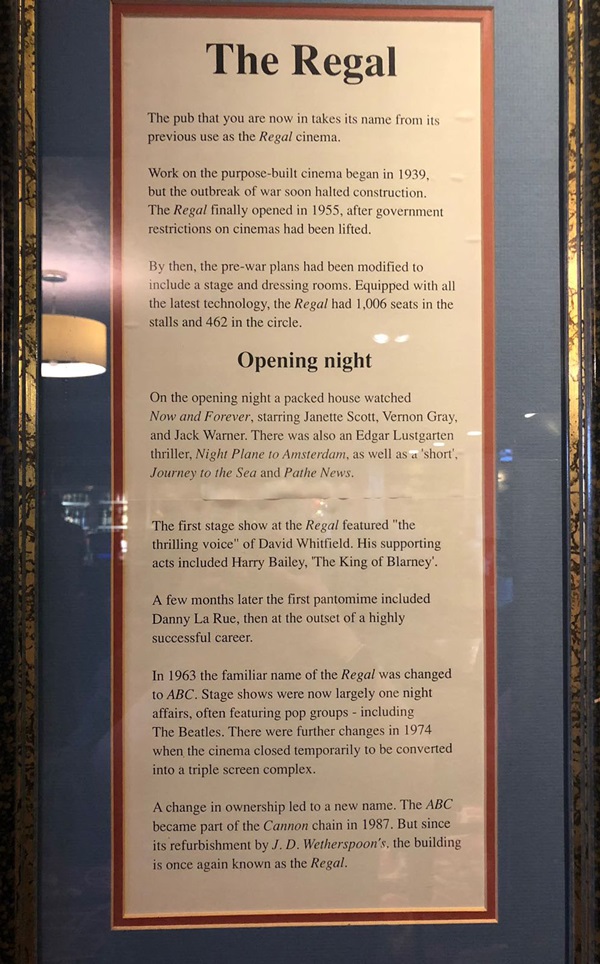
The text reads: The pub that you are now in takes its name from its previous use as the Regal cinema.
Work on the purpose-built cinema began in 1939, but the outbreak of war soon halted construction. The Regal finally opened in 1955, after government restrictions on cinemas had been lifted.
By then, the pre-war plans had been modified to include a stage and dressing rooms. Equipped with all the latest technology, the Regal had 1,006 seats in the stalls and 462 in the circle.
On the opening night a packed house watched Now and Forever, starring Janette Scott, Vernon Gray, and Jack Warner. There was also an Edgar Lustgarten thriller, Night Plane to Amsterdam, as well as a ‘short’, Journey to the Sea and Pathe News.
The first stage show at the Regal featured ‘the thrilling voice’ of David Whitfield. His supporting acts included Harry Bailey, ‘The King of Blarney’.
A few months later the first pantomime included Danny La Rue, then at the outset of a highly successful career.
In 1963 the familiar name of the Regal was changed to ABC. Stage shows were now largely one night affairs, often featuring pop groups – including The Beatles. There were further changes in 1974 when the cinema closed temporarily to be converted into a triple screen complex.
A change in ownership led to a new name. The ABC became part of the Cannon chain in 1987. But since its refurbishment by J D Wetherspoon’s, the building is once again known as the Regal.
Illustration and text about Charles I.
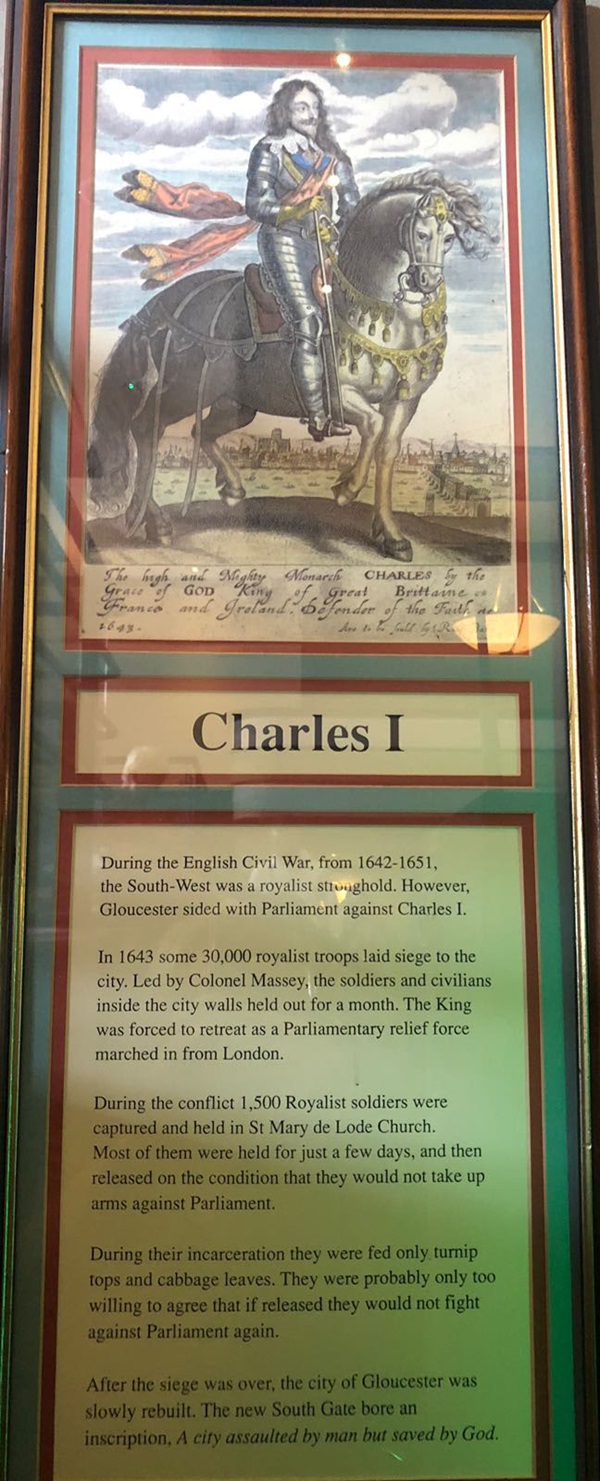
The text reads: During the English Civil War, from 1642-51, the South West was a Royalist stronghold. However, Gloucester sided with Parliament against Charles I.
In 1643 some 30,000 Royalist troops laid siege to the city. Led by Colonel Massey, the soldiers and civilians inside the city walls held out for a month. The King was forced to retreat as a parliamentary relief force marched in from London.
During the conflict 1,500 Royalist soldiers were captured and held in St Mary de Lode Church. Most of them were held for just a few days, and then released on the condition that they would not take up arms against Parliament.
During their incarceration they were fed only turnip tops and cabbage leaves. They were probably only took willing to agree that if released they would not fight against Parliament again.
After the siege was over, the city of Gloucester was slowly rebuilt. The new South Gate bore an inscription, A city assaulted by man but saved by God.
Photographs and text about Beatrix Potter.
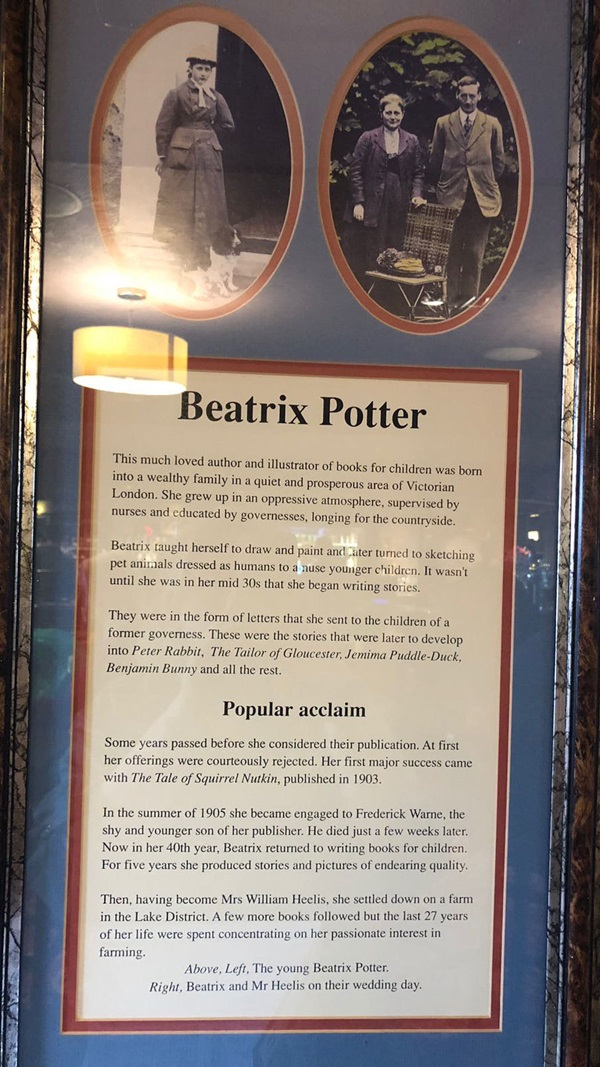
The text reads: This much loved author and illustrator of books for children was born into a wealthy family in a quiet and prosperous area of Victoria London. She grew up in an oppressive atmosphere, supervised by nurses and educated by governesses, longing for the countryside.
Beatrix taught herself to draw and paint and later turned to sketching pet animals dressed as humans to amuse younger children. It wasn’t until she was in her mid 30s that she began writing stories.
They were in the form of letters that she sent to the children of a former governess. These were the stories that were later to develop into Peter Rabbit, The Tailor of Gloucester, Jemima Puddle-Duck, Benjamin Bunny and all the rest.
Some years passed before she considered their publication. At first her offerings were courteously rejected. Her first major success came with The Tale of Squirrel Nutkin, published in 1903.
In the summer of 1905 she became engaged to Frederick Warne, the shy and younger son of her publisher. He died just a few weeks later. Now in her 40th year, Beatrix returned to writing books for children. For five years she produced stories and pictures of endearing quality.
Then, having become Mrs William Heelis, she settled down a farm in the Lake District. A few more books followed but the last 27 years of her life were spent concentrating on her passionate interest in farming.
Above, left: The young Beatrix Potter
Right: Beatrix and Mr Heelis on their wedding day.
Prints and text about Joseph Priestly.
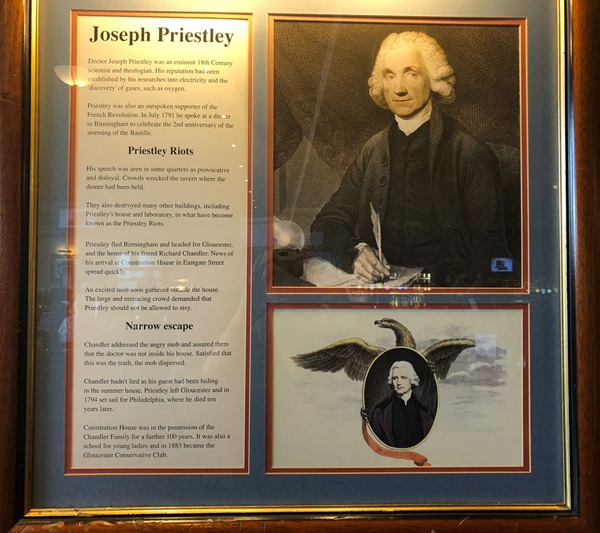
The text reads: Doctor Joseph Priestly was an eminent 19th century scientist and theologian. His reputation had been established by his researches into electricity and the ‘discovery’ of gases, such as oxygen.
Priestly was also an outspoken supporter of the French Revolution. In July 1791 he spoke at a dinner in Birmingham to celebrate the 2nd anniversary of the storming of the Bastille.
His speech was seen in some quarters as provocative and disloyal. Crowds wrecked the tavern where the dinner had been held.
They also destroyed many other buildings, including Priestley’s house and laboratory, in what have become known as the Priestley Riots.
Priestley fled Birmingham and headed for Gloucester, and the home of his friend Richard Chandler. News of his arrival at Constitution House in Eastgate Street spread quickly.
An excited mob soon gathered outside the house. The large and menacing crowd demanded that Priestley should not be allowed to stay.
Chandler addressed the angry mob and assured them that the doctor was not inside his house. Satisfied that this was the truth, the mob dispersed.
Chandler hadn’t lied as his guest had been hiding in the summer house. Priestley left Gloucester and in 1794 set sail for Philadelphia, where he died ten years later.
Constitution House was in the possession of the Chandler Family for a further 100 years. It was also a school for young ladies and in 1883 became the Gloucester Conservative Club.
An old photograph of Katherine Hepburn & Humphrey Bogart.
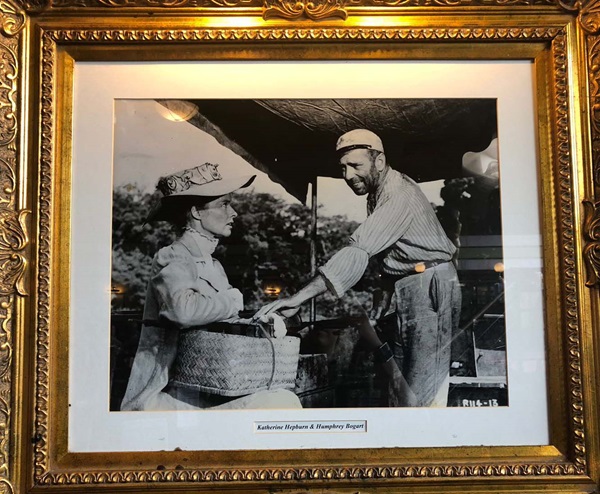
An old photograph of Edward G Robinson.
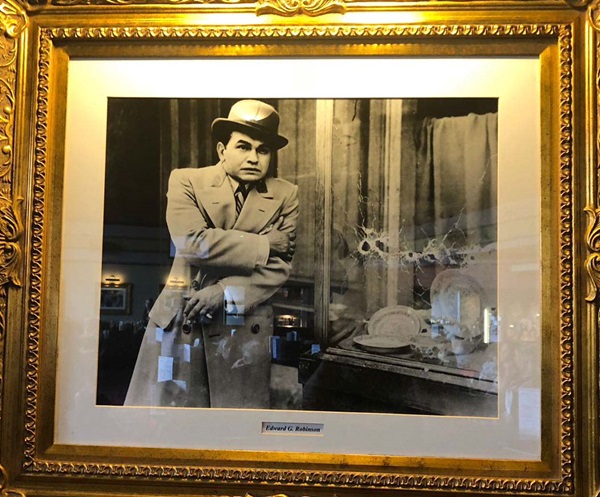
An old photograph of Ingrid Bergman and Humphrey Bogart.
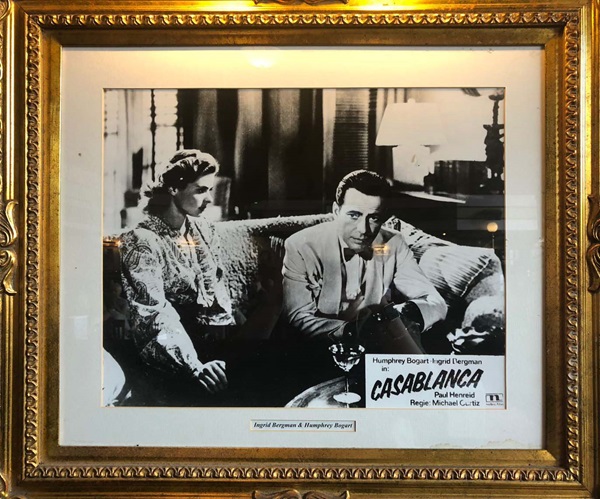
An old photograph of Richard Burton, Anne of a thousand days.

An old photograph of I’m So Two Faced – Danny La Rue.
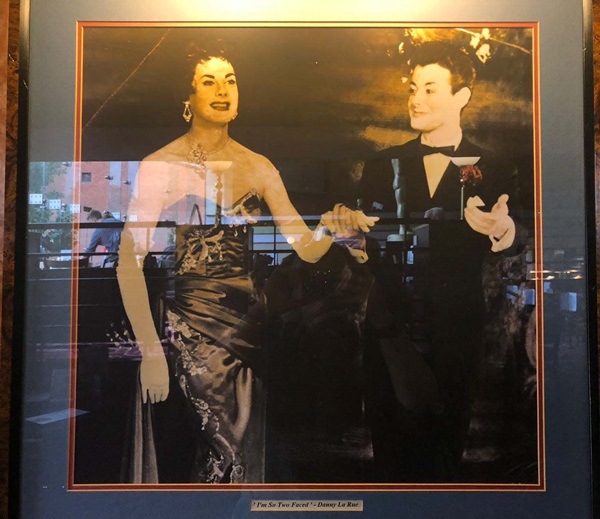
An old photograph of James Cagney.

Within the pub you can find large film props.
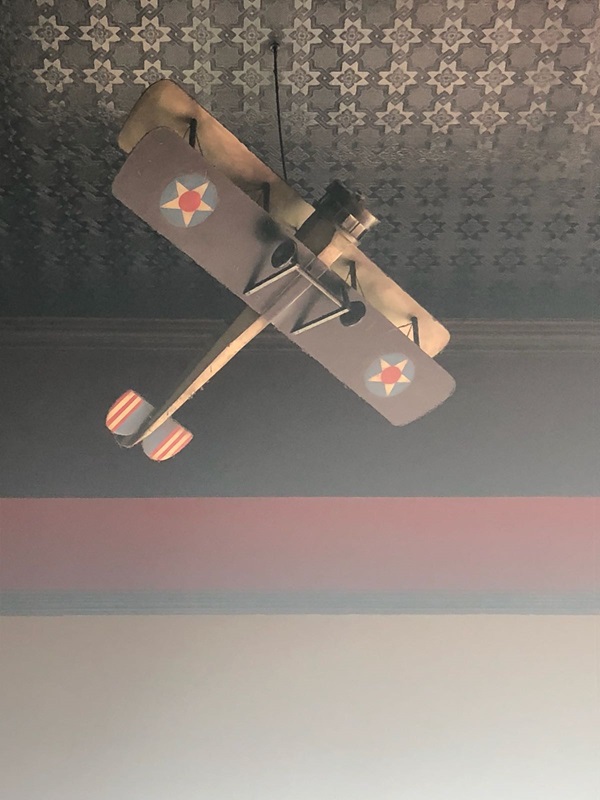
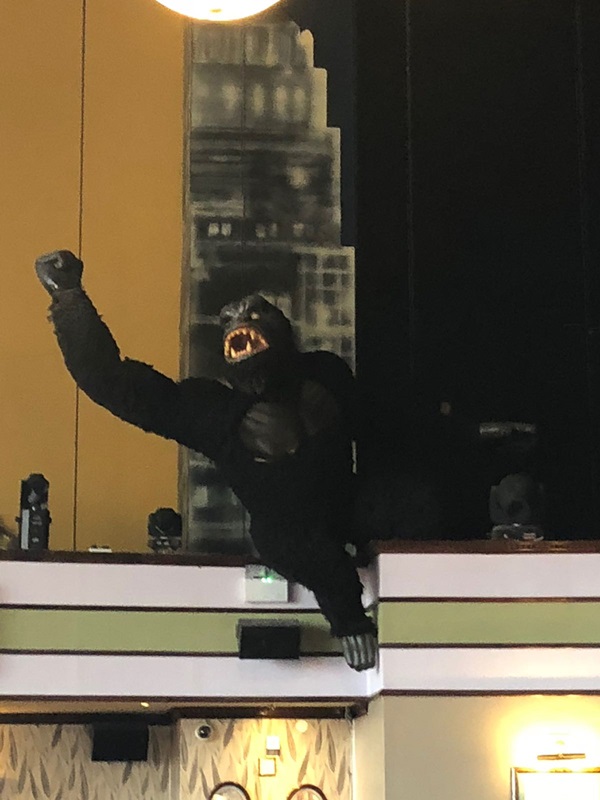
External photograph of the building – main entrance.
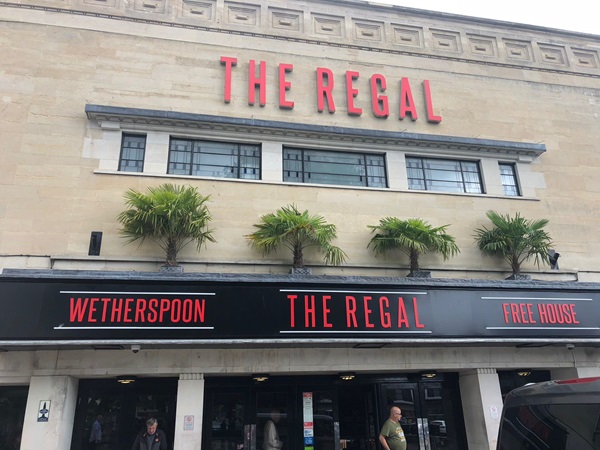
If you have information on the history of this pub, then we’d like you to share it with us. Please e-mail all information to: pubhistories@jdwetherspoon.co.uk